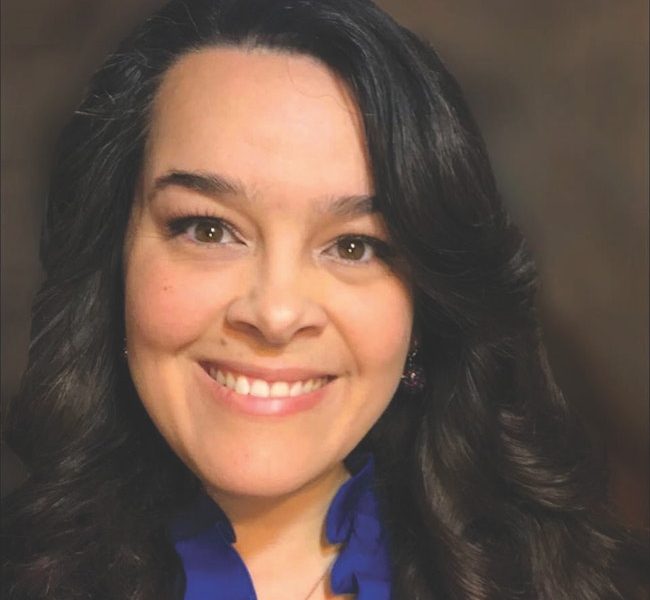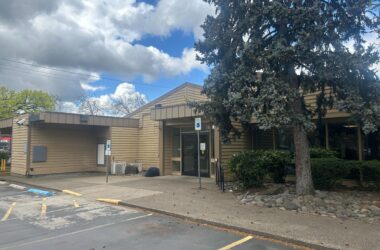 De Graff
De Graff
NICOLE DE GRAFF, 48
Birthplace: Arizona
Marital status: Married
Children: Three kids in elementary and high school
Online: Live on Marcola/Springfield line; nicolefororegon.com; facebook.com/nicolefororegon
Party registration: Republican
Former occupations: Real estate; executive director for non profit; marketing; ranching
Elected offices
held: PCP Republican party; former school board member
Previous unsuccessful runs for office: State representative, 2020
Many readers will know about the drug addiction and homelessness issue in Cottage Grove and across the state.
Part of the increase in the problem is the Martin vs. Boise decision that doesn’t allow criminalizing sleeping in public places. Measure 110 has worsened the problem.
After a town hall and a handful of city council meetings, a proposal to create a low barrier homeless site next to the high school was passed, despite the majority of the public opposing.
They wanted time to hear from the unhoused and look for a more successful permanent solution that fit the spirit of Cottage Grove. Even a few CAHOOTS members in town opposed this option.
On Monday night, councilors were given an hour to review the request for proposal, which would have allowed the city to contract with a provider and build the site. However, a surprising point of order motion was made by councilors Ervin and Solesbee; councilor Savage reconsidered her vote. The vote was reversed and is back on the table for the next session in two weeks.
This action is more in line with what I heard recently, when I was invited to attend a meeting between concerned citizens, including the three city councilors who voted against the Highway 99 site, as well as a few unhoused citizens.
Of note were the differing reasons for being homeless, and the fact the Hwy 99 site wasn’t popular with them. A man named Donovan who also gave public comment at last night’s meeting, wanted the council to have screening requirements to eliminate risk of violence. Defining “low barrier” has been challenging as there is a lack of consensus among city officials on what that is.
My view is the housing first model lends to short term solutions. Measure 110 was not the prevention that was promised.
We need to look at successful programs when funding and explore community-first models more in-depth if we are serious about solving chronic homelessness.
Read the Q&A with all candidates here.







